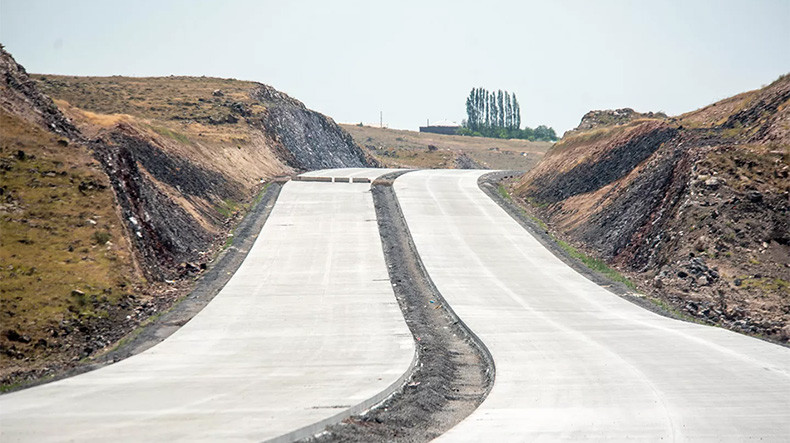
EDB publishes new report assessing the significant freight transport potential of the International North–South Transport Corridor
The Eurasian Development Bank (EDB) assessed the potential of the International North–South Transport Corridor (INSTC) in the context of emerging opportunities. The new report, entitled "The International North–South Transport Corridor: Promoting Eurasia’s Intra- and Transcontinental Connectivity," introduces the idea of Eurasian transport framework that would offer numerous benefits to the EAEU countries.
According to it, the International North–South Transport Corridor is the key longitudinal corridor in Eurasia. EDB analysts estimate that container traffic along the INSTC could reach from 325,000 to 662,000 TEU. Linking up the INSTC with Eurasian latitudinal corridors could ensure around 40% of container traffic. Non-containerised traffic could reach 8.7–12.8 million tonnes by 2030, mainly due to the transportation of grain crops.
According to the document, the implementation of large-scale transport infrastructure projects will not only reduce time in transit and carrier operating costs, but also indirectly promote sustainable development. Thus, in addition to expanding trade, development of the ITC will promote construction of industrial parks and special economic zones along transit routes, facilitate cooperation in the production of goods and services, and accelerate creation of new manufacturing and logistical chains between the EAEU member states and the large developing countries of the Persian Gulf and the Indian Ocean, including Iran, India, and Pakistan. This, in turn, will create new jobs, improve economic growth prospects, and increase the well-being of the local population. Moreover, with the development of the ITC, freight traffic will switch from maritime transport to railway transport – environmentally friendly mode of freight transport in terms of CO2 emissions.
Newsfeed
Videos






























